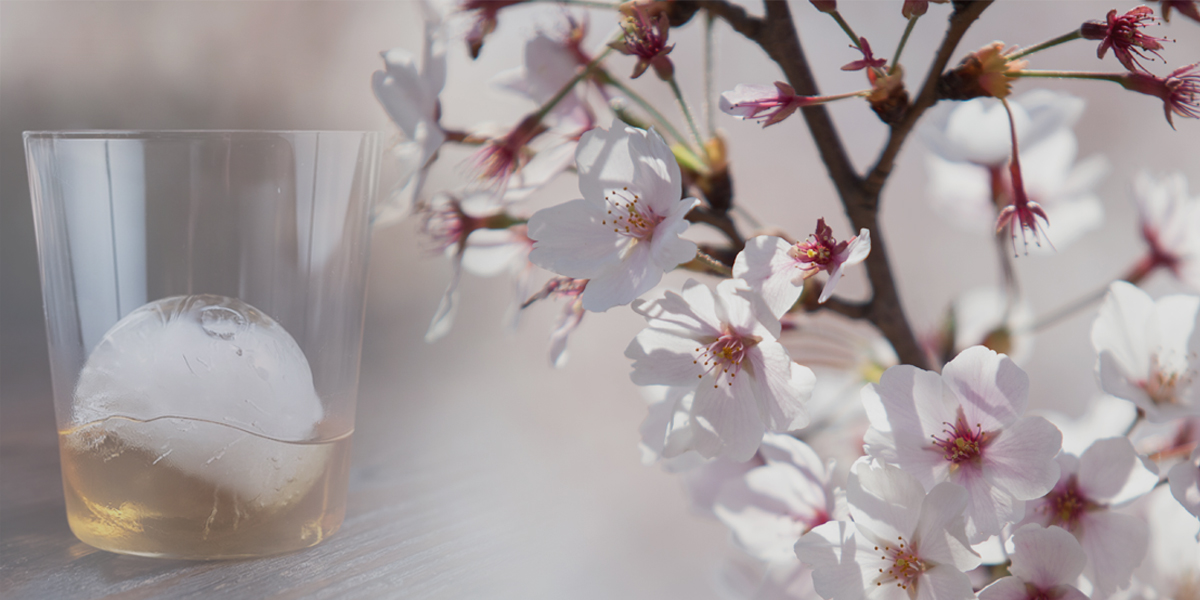We recently discussed the current shortage of well-aged Japanese whisky on both the Japanese and global market in The “Death” of Age-Statement Japanese Whisky
To summarize, Japanese whisky distillers didn’t expect the quick and rapidly growth that came with the Japanese whisky boom, and so, didn’t place enough whisky in barrels several decades ago. This has resulted in a looming shortage today.
Yet, as age-statement Japanese whisky prices rise, and thirsty fans attempt to get their hands on rare and limited bottlings, Japanese distilleries are working hard, attempting to preserve and boost their brand and products, as they wait for the whisky in the cask to mature a little more.
Here’s how the greats are “reviving” Japanese whisky across the globe:
NAS Releases
When the wonderful Yamazaki 12 year-old began to run out, the great blenders of Suntory created this no-age statement Yamazaki 1923 single malt. The flavour is still amazing and deep, but the lack of a number means that this single malt is made from vintages of all ages, not only ones over 12 years old.
This trend of no-age statement whiskies is happening all over Japan, as the great Yoichi, Miyagikyo, and Yamazaki distilleries combat the looming shortage of well-aged whisky.
Japanese blenders are known to be the best in the world, and are currently working harder than ever to create the very best products to satisfy thirsty fans worldwide.
While the number on the label has made fans feel secure for years, knowing that every drop in the bottle has been aged for said amount of years, these new releases are the future of tasty and affordable Japanese whisky, as demand, popularity, and prices rise for well-aged bottlings.
Small Distilleries, Big Ideas
The leader of the small distillery movement is the Chichibu distillery, founded by the rock star of the Japanese whisky industry, Ichiro Akuto.
Some of their single cask releases are only aged for 8-12 months, while others are blended with some very old whisky from the shut-down Akuto family distillery, Hanyu.
Some whiskies are barrel-aged in IPA or imperial stout casks, and many end their journey in a port, cognac, or champagne cask, for a unique finish.
The Chichibu team is young and forward-thinking, with a big focus on the international market, as well as the domestic one. Other small distilleries are following suit, with innovative and exciting releases. Mars, Akkeshi, Nagahama, and White Oak are only a few.
Japan may be known for tradition and history, but Japanese whisky is moving towards the future, and the little guys are making it happen, constantly experimenting and innovating new ideas, continuously proving that, in whisky, age isn’t everything. It’s passion and fresh ideas that make all the difference!
The Rise of Grain Whisky
For years grain whisky was known as the sweet, low quality whisky, whose only purpose was to be blended in with higher quality single malts and blends. Grain whisky wasn’t seen as a whisky to be bottled and served on its own, but thankfully, this preconception is .
Nikka, with their wonderful Coffey Grain Whisky release, and Suntory, with their own Chita grain distillery are really helping to change the “image” of grain whisky. Single grain releases are becoming more common.Like a single malt, a single grain release is made out of whiskies from a single distillery.
At the Tokyo International BarShow 2017, which is one of the biggest spirits and whisky events in Japan, both Suntory and Nikka greatly pushed their grain releases. Suntory served a limited Chita with a red wine finish, while Nikka served their Coffey Grain whisky in a range of cocktails.
You can expect to see a lot more grain whisky in the years to come.
Well-aged Japanese whisky is running out, but it will be readily available soon. In the meantime, we recommend you expand your knowledge of Japanese whisky, and give smaller distilleries and new releases a try.
Japanese whisky goes hand in hand with innovation, new ideas, and an eye towards perfection, so join the great distillers as they move towards new flavours and new concepts.
Published: June 14, 2017Author: George Koutsakis
